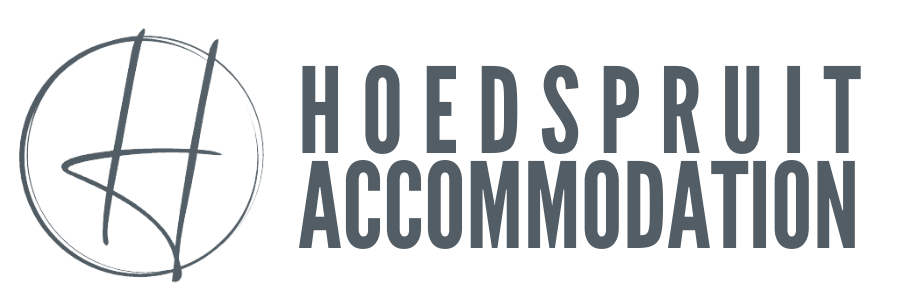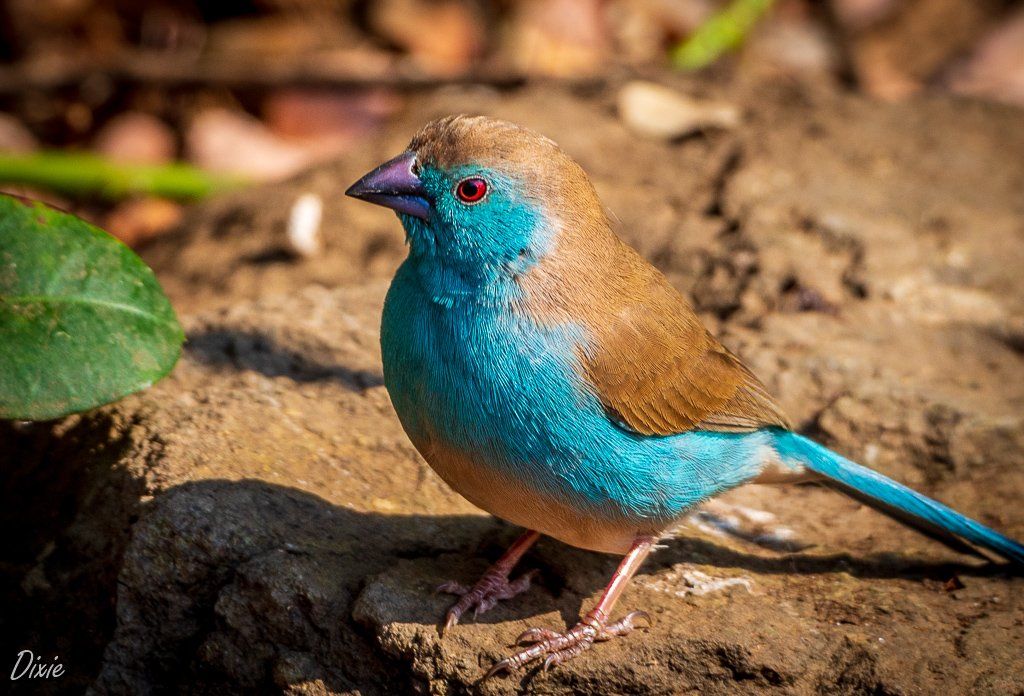The Kruger National Park, a Game Drive Paradise
Introduction: What is the Kruger National Park?
The Kruger National Park is one of South Africa's largest game reserves, covering an area of 7,580 miles² (19,633 km²). The park is primarily operated for conservation and recreation, but some sections are farmed to produce game meat. It offers some of the best game viewing opportunities in the world, with more than 1,200 species of animals.
It provides habitat to more than 540 big game animals including one of Africa's largest populations of elephants and white rhino. The park is also home to over 400 species of bird and 147 types of mammal.
The park was established through legislation in 1926 as the Sabie Game Reserve before being renamed after Paul Kruger who was president of Transvaal Republic at the time when it was established in 1939.
What is the History of the Kruger National Park?
The history of the Kruger National Park is closely linked to the history of South Africa. The South African government, which was still under Dutch rule at the time, had created a game reserve in 1898 to protect elephants which were being hunted for their ivory.
In 1927, there was a general uprising against the Dutch government and it took over six years for the new Afrikaner government to take control of this park. They renamed it Kruger National Park after Paul Kruger who had been president of the ZAR republic at that time. In 1966, it became a national park and not just an animal reserve anymore and today we can still see how wildlife conservation has been an issue for this country since its inception.
How to Prepare for a Game Drive at the Kruger National Park?
When visiting Kruger National Park, you need to prepare for a safari by bringing suitable clothing and other essentials. Bring clothing that is comfortable and light weight since you'll be spending time outdoors. Bring water, snacks, sunscreen, insect repellent and a camera with plenty of memory storage or disposable batteries.
The best time for game drives is in the morning when animals are more active, and tend to congregate around watering holes. It is also better to spend more time at the park during the dry season (April-June) when animals congregate around water sources and game viewing can be easier. if you are not going on a self-drive safari, another important aspect of preparing for your game drive is choosing your safari guide. A good safari guide will not only ensure that you get the most out of your trip but will also keep you safe by pointing out all possible dangers that come with wildlife viewing.
What Animals Can You Expect to Encounter on a Game Drive in Kruger National Park?
The Kruger National Park is home to more than 10,000 wild animals. The animal species that you might encounter on a game drive are elephants, buffalo, zebras, giraffes, baboons and many other animals.
A game drive in Kruger national park is a unique and exciting experience. You can look forward to seeing all sorts of wild animals, from birds to mammals and even reptiles.
There is a wide variety of different animals you can expect to encounter on a game drive in Kruger national park. For instance: lions, elephants, giraffes, hippos and zebras.
Sighting the "Big Five" has become something of a quest for many people when on safari, and the Kruger National Park has more than its fair share of these, with an estimated 1,500 lion, 17,000 elephant, 48,000 buffalo and 1,000 leopards. It should certainly not be a pre-requisite of a safari to see these or even a priority, as there are plenty of other fascinating animals and birds in the African bush.
Kruger is one of the premier game-watching destinations in the world. Approximately 147 mammal species occur in the park. It is possible to see all the classical African big game, including elephant, black and white rhino, hippopotamus, giraffe, zebra, buffalo, warthog and many antelope species. Large carnivores include lion, leopard, cheetah, wild dog and spotted hyena. There are also many smaller mammals equally enticing species. Here is a mammal checklist of the most visible species.
Birding in the Kruger Park
Kruger has a list of over 500 species, some of which are not to be found elsewhere in South Africa. Starlings, Hornbills, Vultures, Rollers, Bee-eaters and Shrikes typify the ubiquitous avi-fauna and birders can look forward to pursuing the big 6 (Kori Bustard, Saddle-billed Stork, Martial Eagle, Lappet-faced Vulture, Pel's Fishing-Owl and Ground Hornbill). The far north of the park (Pafuri and Punda Maria regions) is regarded as one of the birding Mecca's of the country (with many regional rarities to be found), yet birding throughout the entire park is excellent. Eagles are common: Bateleur, Martial, Black-chested Snake, Brown Snake, African Hawk, African Fish and Tawny Eagles are all regularly seen, and in summer: Wahlberg's, Steppe, Lesser Spotted. The Park's numerous water points make for excellent birding, while the rest camps and picnic sites are exceptionally rewarding for birders. Comprehensive Bird List
Vegetation in the Kruger Park
Vegetation is what makes Kruger Nation Park so special. It is home to the Big Five - elephants, lions, buffalo, rhinos and leopards. These animals are not the only ones that benefit from this vegetation. There are many different bird species that have found a home in Kruger Nation Park due to this rich vegetation.
With the Kruger National Park being so vast it naturally has a tremendous botanic diversity. Simplistically the Kruger National Park can be divided into 16 macro ecozones. The northern half of the park, north of the Olifants River is predominantly mopane veld, while south of the Olifants the ecozones are thornveld. There are 336 tree species in the park.
Here are some fun facts about the Kruger National Park:
- The park was first proclaimed in 1898 as the Sabie Game Reserve by the then president of the Transvaal Republic, Paul Kruger. He first proposed the need to protect the animals of the Lowveld in 1884, but his revolutionary vision took another 12 years to be realised when the area between the Sabie and Crocodile Rivers was set aside for restricted hunting.
- There are more than 10 000 wild animals in the Kruger National Park.
- The animal species that you might encounter on a game drive are elephants, buffalo, zebras, giraffes and baboons.
- Animals in the park need to drink water every day to survive.
- Animals in the park have special adaptations for their environment such as long necks or claws which help them eat or protect themselves from predators.
- Kruger National Park's vegetation consists mostly of savanna grassland and acacia trees with some areas having dense riverine forests along the perennial rivers and streams which flow through them.
- Kruger National Park is South Africa’s largest national park and the second largest game reserve in Africa.
- The park totals about 7,580 miles² (19,633 km²).
- James Stevenson-Hamilton (born in 1867) was appointed the park’s first warden on 1 July 1902.
- On 31 May 1926 the National Parks Act was proclaimed and with it the merging of the Sabie and Shingwedzi Game Reserves into the Kruger National Park.
- The first motorists entered the park in 1927 for a fee of one pound.
- Many accounts of the park’s early days can be found in the Stevenson-Hamilton Memorial Library.
- There are almost 254 known cultural heritage sites in the Kruger National Park, including nearly 130 recorded rock art sites.
- There is ample evidence that prehistoric man – Homo erectus roamed the area between 500 000 and 100 000 years ago
- Cultural artifacts of Stone Age man have been found for the period 100 000 to 30 000 years ago.
- More than 300 archaeological sites of Stone Age man have been found
- Evidence of Bushman Folk (San) and Iron Age people from about 1500 years ago is also in great evidence.
- There are also many historical tales of the presence of Nguni people and European explorers and settlers in the Kruger area.
- There are significant archaeological ruins at Thulamela and Masorini
- There are numerous examples of San Art scattered throughout the park.
Fifteen Tips To Follow When Visiting The Kruger National Park For The First Time!
The Kruger National Park is a game reserve in South Africa that's home to many animals, including the Big Five. Whether you're a first-time visitor or not, it’s important to follow these safety tips to ensure that you have the best experience possible.
1) Take your time when driving on the roads in the park. The animals are wild and unpredictable so always keep your distance.
2) Be sure to stop at designated viewpoints for some photo opportunities because there are so many beautiful things to see!
3) Check the weather - It’s important to know what sort of weather you are most likely to encounter when visiting the Kruger National Park. You can check this on websites like Weather Underground or Expedia. During the rain season there could be flash floods resulting in making low lying bridges inaccessible.
4) Avoid making loud noises or sudden movements as these can scare away animals and cause them to run away or attack.
5). Do not throw cigarettes out in the park.
6) Always be aware of your surroundings and know what you’re getting into before you explore a new environment – it could save your life!
7) If on a self drive, make sure your car Is prepared for the journey. Make sure that you have all the necessities before setting off on your journey including water, food and petrol for your car.
8) A good pair of binoculars are a must-have when visiting Kruger National Park
9) Use plenty of sunscreen and wear hats to avoid sunburns.
10) Carry insect repellent with you at all times - mosquitoes can be very pesky and potentially dangerous too!
11) As outdoor lighting in camps is limited, a torch/headlamp is required when walking outside at night.
12) All accommodation, ablution and kitchen facilities are serviced by cleaning staff on a daily basis.
13) Most rest-camps have retail facilities and restaurants. Tariff prices do not include meals
14) Plan your trip – do not try and cover too great a distance. The Kruger National Park is a massive tract of land and frequently visitors try to cover too much ground. Slow travel and regular stopping produces much more action than covering a lot of ground.
15) Early mornings and evening time are usually the most productive game viewing periods.
Kruger National Park Rules
- Firearms must be declared on entering gates.
- Gate times must strictly be adhered to. (Traveling on roads after dark is prohibited)
- Speed traps are setup throughout the park and speed limits are strictly enforced. Many animals and birds are killed by speeding vehicles
- General road rules apply to the Kruger National Park.
- Off road driving is prohibited.
- This is a malaria area and prophylaxis should be taken - consult your doctor.
- Feeding of animals is prohibited. By feeding them, they become dependent of food from humans and may become aggressive and dangerous. The park may have no choice other than to shoot the animal.
- Do not remove any flora or fauna.
- The park is a noise free zone.
- Remain in your vehicle at all times unless in designated areas
- Overnight visitors must first report to the reception before occupying accommodation or camping site.
- No pets are allowed
- Motorbikes, bicycles, rollerblades, and skateboards are prohibited.
- Do not liter.
Information on Malaria
The risk of contracting malaria is often a concern when visiting the Kruger National Park. The Kruger is one of the two South African National Parks that are situated in malaria risk areas. The other park is Mapungubwe National Park. It is important to note that the risk of malaria in both of these parks is usually low, even in summer months.
Malaria is a mosquito borne disease transmitted exclusively through the bite of the female Anopheles mosquito. The highest risk period is between November and April which is the end of the summer rainy season. Following the bite of an infected mosquito, an individual may remain asymptomatic for 12 – 35 days, depending on the species of malaria. This is known as the incubation period.
Malaria should be suspected in patients with any unexplained fever after visiting an area where malaria is endemic. The symptoms of malaria include:
- Fever
- Chills
- Sweating
- Headaches
- Body aches
- Tiredness
- Stomach problems – These can include:
-Loss of appetite
-Nausea and vomiting
-Belly pain
-Diarrhoea
- Skin that looks yellow – This is called "jaundice"
- Cough
- Fast heart rate or breathing
When malaria becomes severe, it can cause symptoms such as:
- Confusion
- Hallucinations
- Seizures
- Dark or bloody urine
Most types of mosquito that are encountered will not carry the malaria parasite and if an individual is bitten it does not mean that they will contract malaria.
The risk of malaria can be reduced by preventing mosquito bites. Mosquitoes most often bite between dusk and dawn. People are advised to stay indoors during this period, or cover exposed skin with light clothing or insect repellents. Remember to spray one’s ankles. Burning anti-mosquito coils and ensuring netted screens are kept closed will significantly reduce your risk for contracting insect bites. All of the accommodation available in Kruger is fitted with netted screens.
Malaria prophylactic drugs can be taken that will further decrease the chances of contracting malaria. It is a difficult decision whether or not to take malaria prophylactics when visiting the Kruger National Park. The risk of contracting malaria needs to be weighed up against the side effects of the malaria prophylactic medication, and all the drugs available have various side effects. The choice of the appropriate drug that an individual should use is a decision that should be made in consultation with a medical doctor. There are three types of malaria prophylactic medications available for the strains of malaria occurring in South Africa, namely Doxycycline, Atovaquone/Proguanil and Mefloquine.
It is also important to know that taking malaria prophylaxis does not guarantee that an individual will not contract malaria, it decreases the risk of contracting the disease. Malaria should be excluded in anyone who presents with unexplained fever within 12 to 35 days after entering a malaria area. A blood test is the most accurate, although rapid tests are available that are also very accurate.
Accommodation in the Kruger
The Kruger National Park is a very popular destination for tourists who are looking to explore the African wildlife. For those visitors hoping to stay overnight, there are a number of different options for accommodation.
There are a number of accommodation options available in the Kruger National Park, from basic campsites to luxury lodges. Accommodation is not provided within the park boundaries and must be booked in advance as it can be very difficult to find availability during peak periods. Accommodation prices vary depending on the type of site and varies between R200-R700 per person per night. Kruger National Parks offers camp-run accommodation. Each camp has its own unique selection of accommodation types
All accommodation, ablution and kitchen facilities are serviced by cleaning staff on a daily basis.
Currently bedding is supplied in all accommodation (except camping).
Cooking utensils and refrigeration are provided in most accommodation units. Exceptions will be indicated when booking.
Adult is 12 years or above.
Child (2-11 years), under 2 years - Gratis
Additional Person Supplements are applicable to those units where number of beds exceeds the base occupancy, if these beds are occupied.
You can book and pay for accommodation online or contact reservations.
Accommodation near the Kruger National Park
Kruger National Park is one of the best places to visit in South Africa. It is rich in natural beauty and has a wide range of different species. The accommodation options inside the park are limited though. But, there are plenty of places to stay outside the park. The accommodation options near the Kruger National Park are varied and range from luxury lodges to budget campsites.
There are many accommodation options near the Kruger National Park that offer a range of amenities and features. Most accommodations offer game drives, bush walks, horse rides and wildlife tracking. So if you’re looking for an experience that will make you feel like you’ve stepped back in time, this is it.
If you are looking for a more unique and luxurious stay during your safari, you can choose an exclusive suite or
safari lodge at
Hoedspruit These accommodations offer exceptional service and amenities that will make your stay even more memorable. Hoedspruit provides an excellent auxiliary to the Kruger National Park and other safari destinations.
Kruger Park Gate Times

Gates to Camp Distances and Times
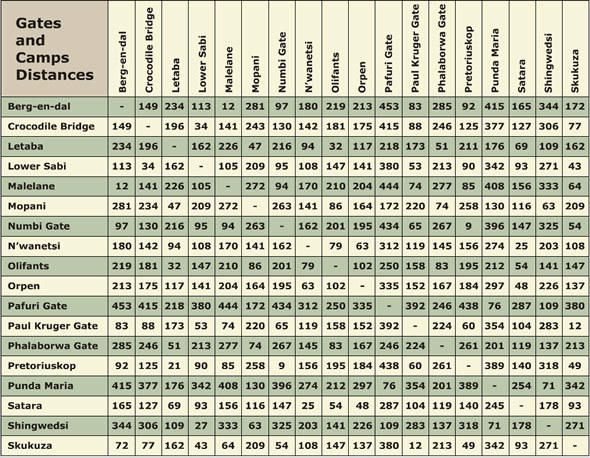
Kruger National Park Map

Where the wild things are

Slide title
Write your caption hereButton
Slide title
Write your caption hereButtonSlide title
Write your caption hereButton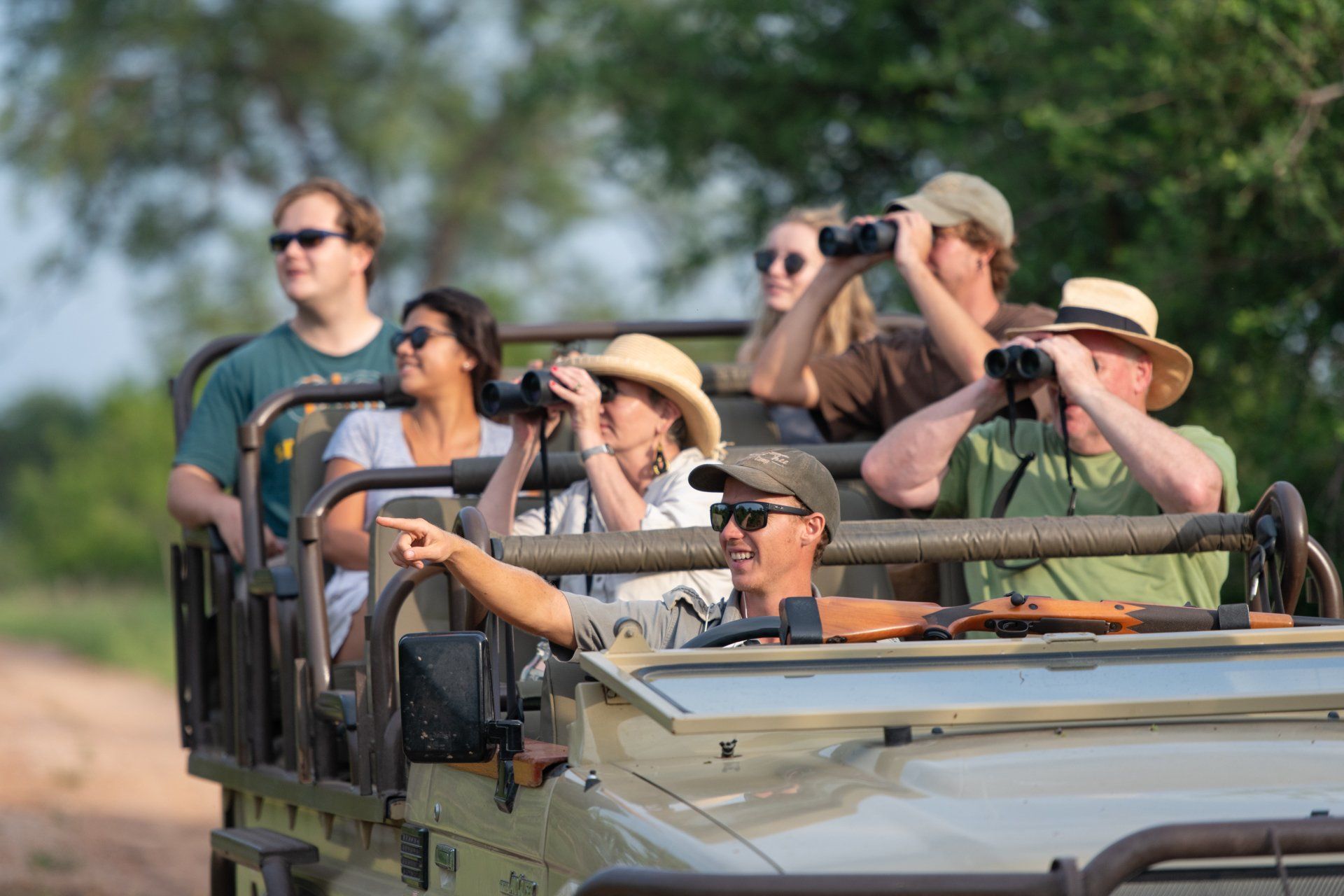
Slide title
Write your caption hereButton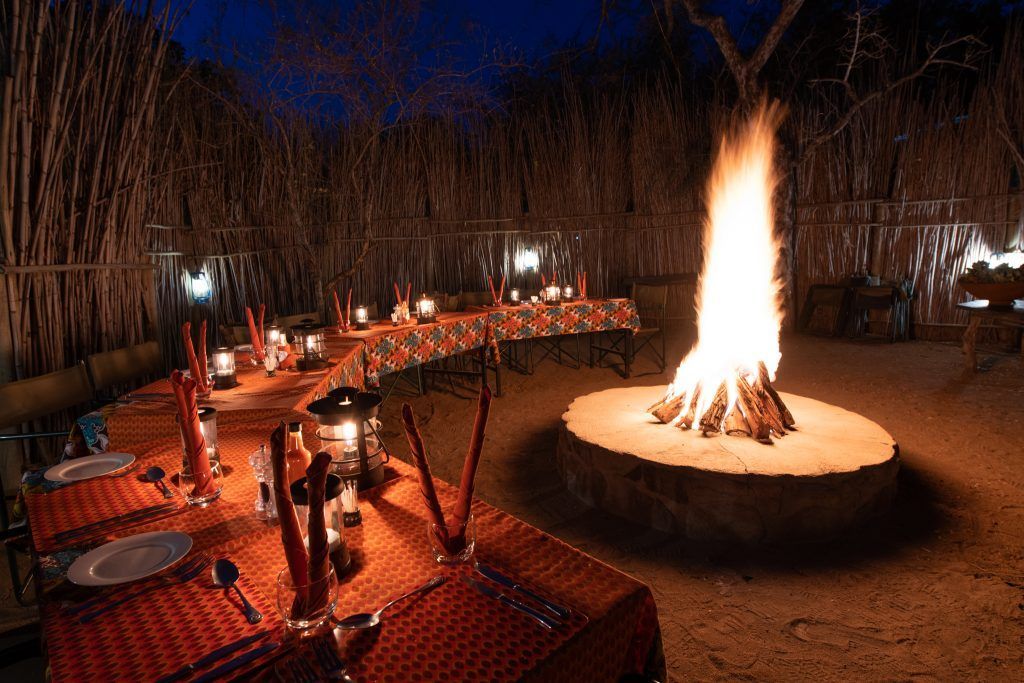
Slide title
Write your caption hereButton
MENU
BOOK NOW
STAY CONNECTED
Join our Newsletter and find out more
Contact Us
We will get back to you as soon as possible
Please try again later
All Rights Reserved | SafariWeb Online
